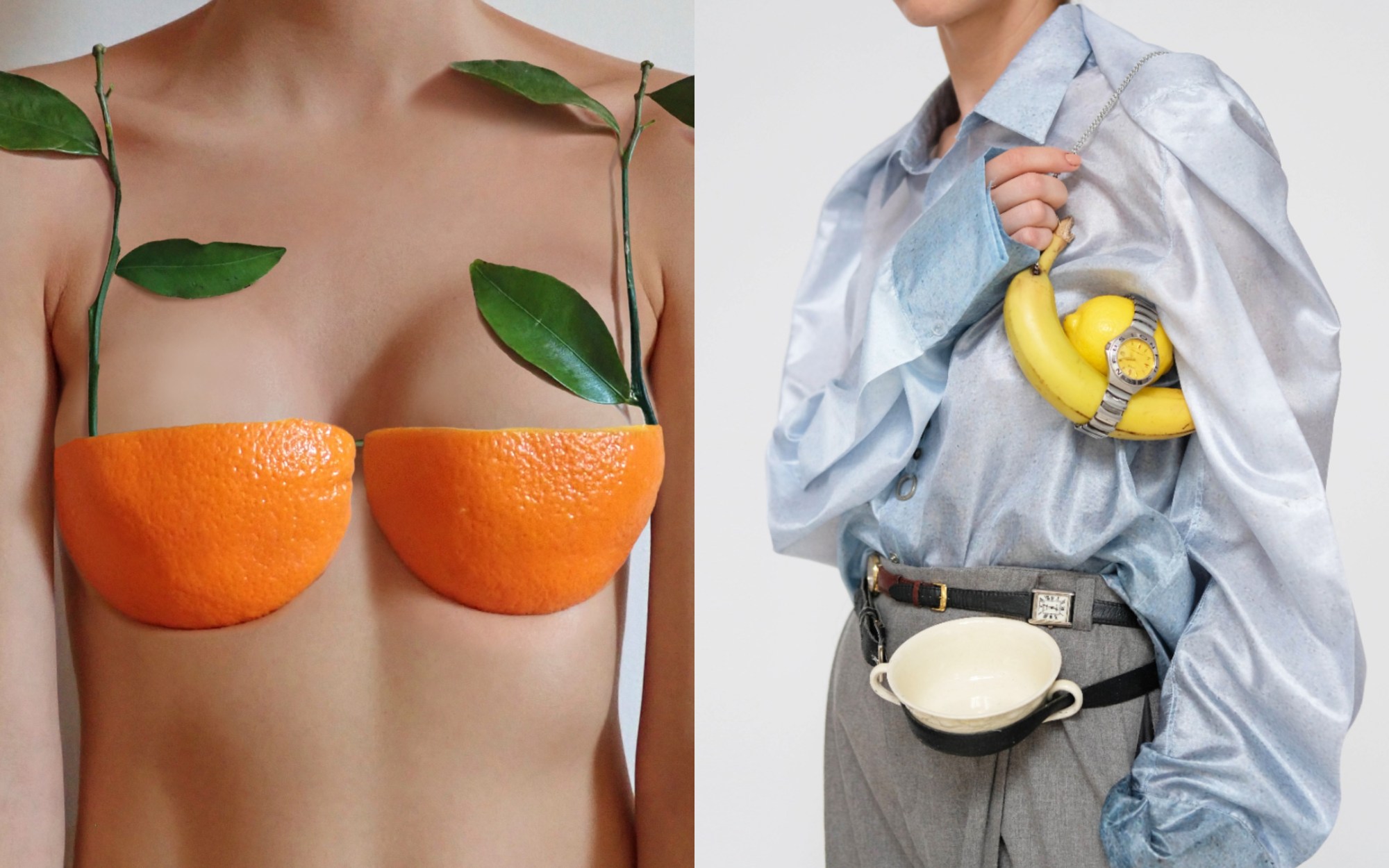Our relationship with the ritual of dining has changed over the course of quarantine. As restaurants closed their doors, those who had the privilege of dining out on the regular were forced to cook for themselves, those who loved to throw dinner parties were forced to eat alone. In lockdown, the acts of cooking and dining have transformed from communal activities to solitary endeavours. But they’ve also grown into acts that are sometimes meditative or therapeutic. Sometimes brimming with wild creativity, whimsy and joie-de-vivre. Throughout shelter-in-place orders, chef-slash-artist Laila Gohar gave a series of FaceTime cooking lessons and Frederik Bille Brahe, mind behind Copenhagen’s Apollo Bar and Atelier September, shared his own recipes with the hashtag #stayhomecooking. Artist Lexie Smith elevated Instagram’s obsession with sourdough bread to the realm of art. Chef Alix Lacloche set her table with impractical, Calder-esque cutlery. Set designer Jill Burrow spread her toast with a dandelion checkerboard and created towering sculptures from fruity snacks and wine glasses.
A handful of fashion designers, some inspired by the same recent events (and some not), are also playing with their food.
To tease the release of his recent spring/summer 21 outing, Simon Porte Jacquemus posted a selection of the season’s accessories to Instagram. One of them: a leather harness, meant to hold a single dinner plate. The date of the runway livestream, the collection unfurled — like the corners of a tablecloth over a wooden table — with more dinnerware, flatware and kitchen textiles. Pairs of forks and knives, cut from leather, bounced to-and-fro across the boxy blazer and trousers of a men’s suit. Still life prints of plated yellow cherries and white asparagus, pitchers filled with water, floated across men’s shirting. Grouping of yellow beads, attached with care to linen dresses and skirts, looked like dried rigatoni.
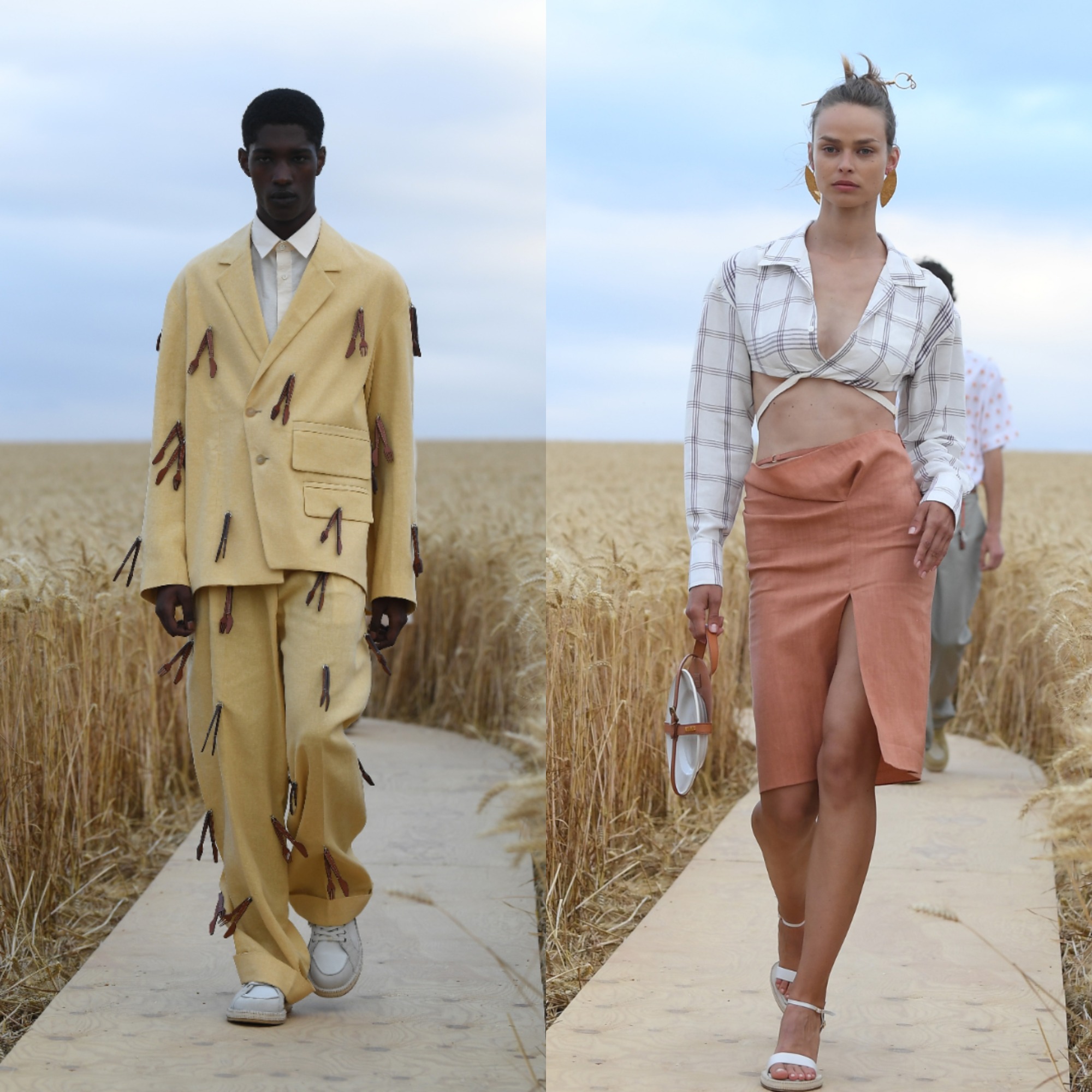
Inspired by the lockdown, the collection, titled “L’Amour” was about finding play, or humour, in the seeming mundanity of our living spaces. “We bring our interior worlds out into the open, interpreting the humble fabrics and objects we live with that have their own poems to tell,” read the show notes. “Within the home, L’Amour reveals itself in small wonders. Separately but collectively we realized that the home is a place of endless inspiration.” Crafting a leather harness to carry a single dinner plate is akin to placing said plate on a pedestal. It’s about slowing down, re-examining and celebrating the trivialities we often overlook day-to-day.
Jacquemus’ dinner plate harness is ridiculous, yes. But it’s Duchampian in its ridiculousness; turning the everyday slightly askew, piercing it with levity and underlining the absurdity of the moment we’re living in. Many of us are dining solo, these days. Or at least communing around picnic blankets in a socially-distanced manner. A dinnerware set for one seems apt right now.
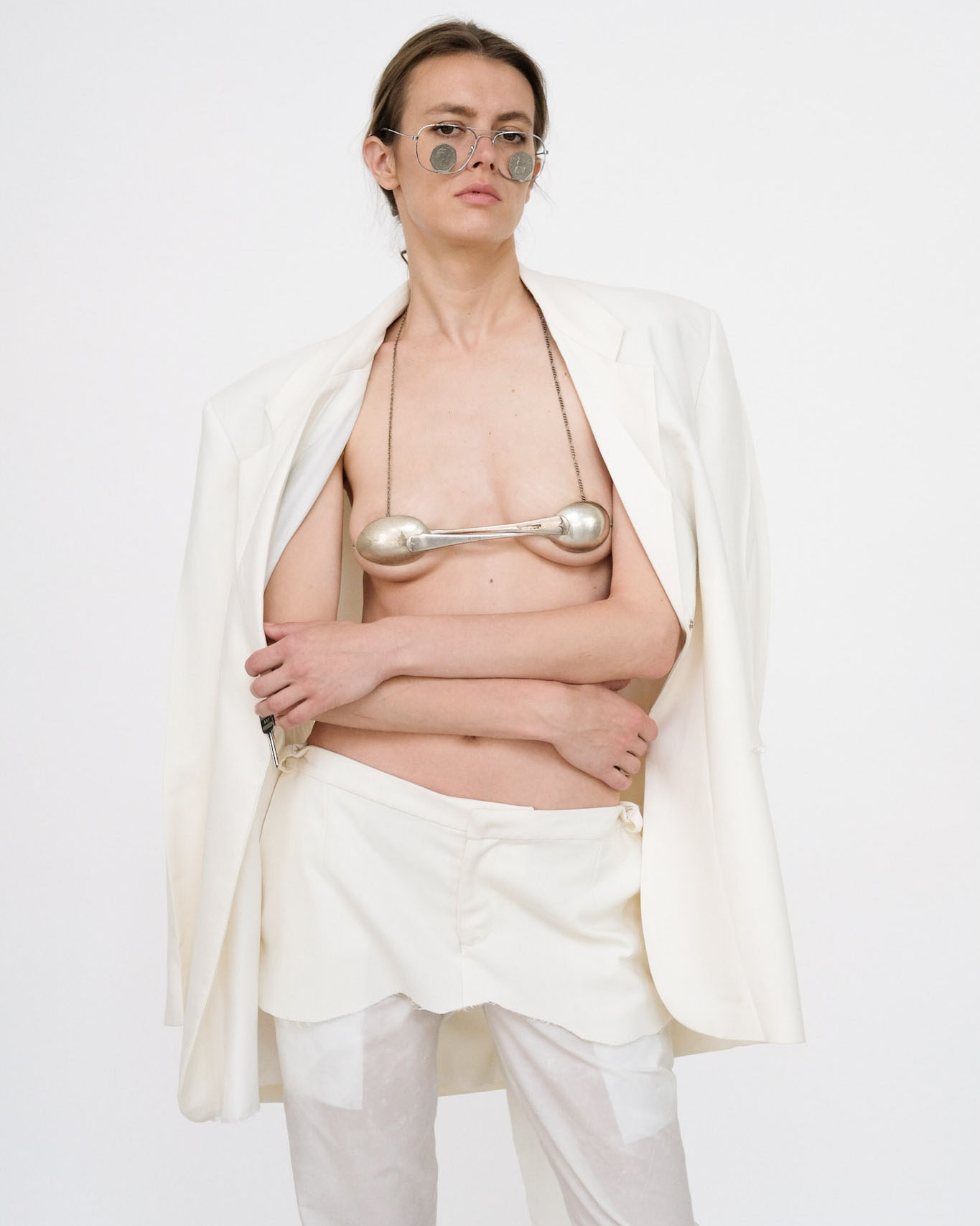
Recent Central Saint Martins grad Isidora Durovic is also taking a Dadaist — and culinary — approach to her latest collection. “My graduate collection centers around 80s power dressing and Adhocism, the art of solving problems using materials at hand, rather than waiting for a perfect moment or right approach,” she explains. “Inspired by the immediacy of the street and the speed of modern life, I tried to subvert the functionality of everyday objects to create hybrid accessories for a ‘woman on the go’. I started by thinking about what a modern working woman carries in her bag. I found that sustainable water bottles, coffee cups and cutlery are becoming essentials. I never leave the house without these items and a piece of fruit. This is how I came up with the idea of making these objects and food into multifunctional accessories.” The result is an array of delightfully surrealist — and strangely utilitarian — contraptions: a bra crafted from a double-ended spoon, a leather belt meant to hold a teacup upright. “The banana piece is made from a necklace and a watch, which can be used as decoration when the fruit is eaten. When put together, they function as a snack carrier.”
Though not directly inspired by the Covid-19 lockdown, Durovic’s accessories are timely. While Adhocism inspired her work, it’s also an art that many of us — including Durovic — have had to practice in the past months. Like making a casserole from the dregs of your pantry the night before your biweekly grocery run. “Due to lockdown, I didn’t have access to technical workshops or materials, other than what I found at home, which enabled me to stay completely devoted to my concept,” Durovic explains.
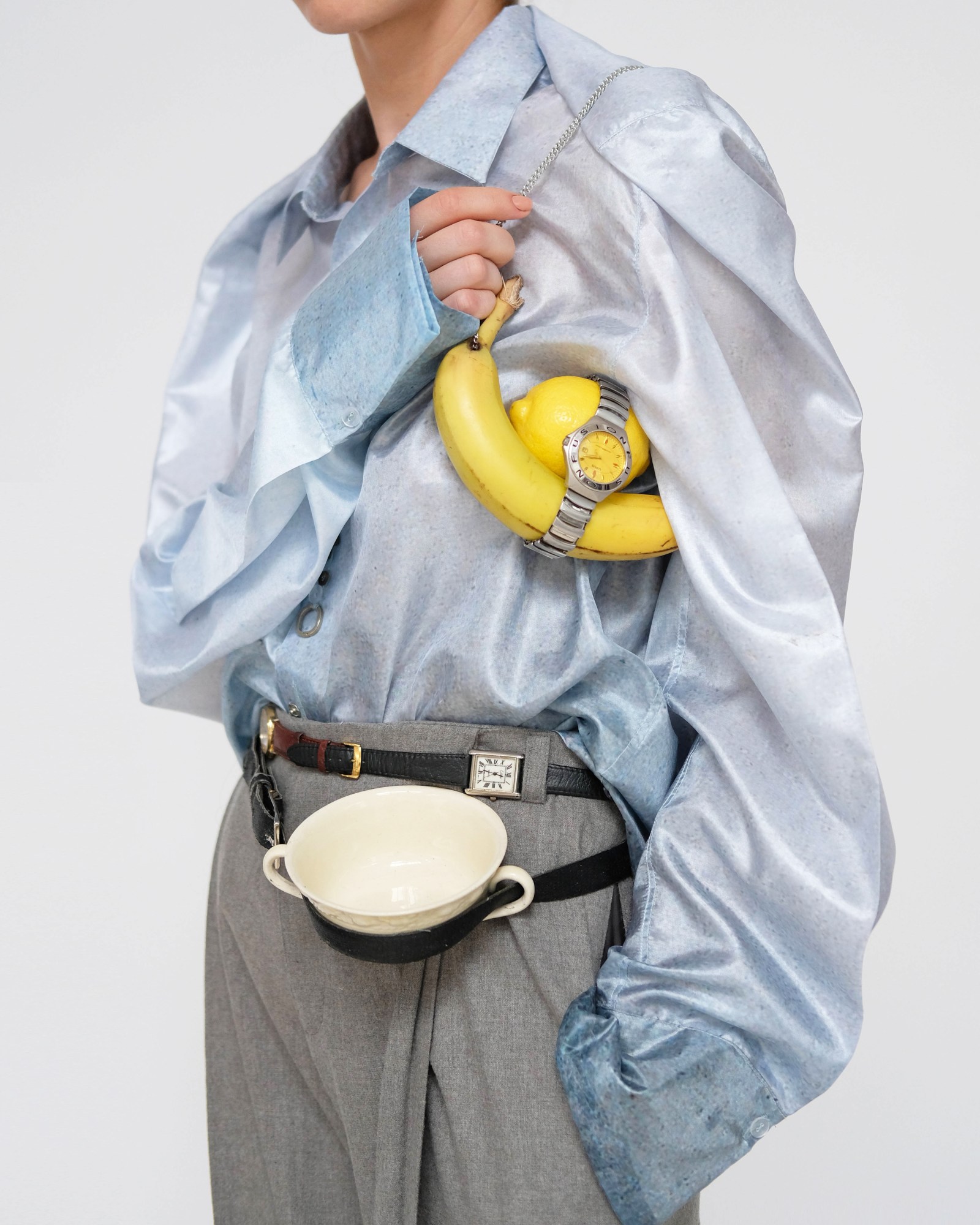
“I often think about the magic of making something normal, like fruit, feel strange,” says Dauphinette designer Olivia Cheng. “In my mind, it all harkens back to Meret Oppenheim’s mink fur cup and the Surrealist movement at large. I feel like our take on jewellery finds a bit of Surrealism in its simplicity.” The jewelry Cheng is referring to are Dauphinette’s fruit earrings, which are made of real strawberries, baby heirloom tomatoes, okra, figs and lotus slices, all carefully dehydrated and resin-coated.
“The concept behind these earrings is to capture the intimate beauty of something authentically fleeting and organic, and to transform it into a wearable artefact,” Cheng says. “Rather than trying to change the shape of our materials to fit a jewellery mold, we begin with the botanical and turn it into jewellery in a way that tells the material’s own story.” The earrings, which are crafted by individual artisans in small batches, have sold out repeatedly throughout the lockdown. So why is Instagram so into Dauphinette’s near-edible earrings? Easy: “[they give you] the mouth-watering delight of a food experience, the discovery experience of seeing something for the first time and the fun of accessorizing.”
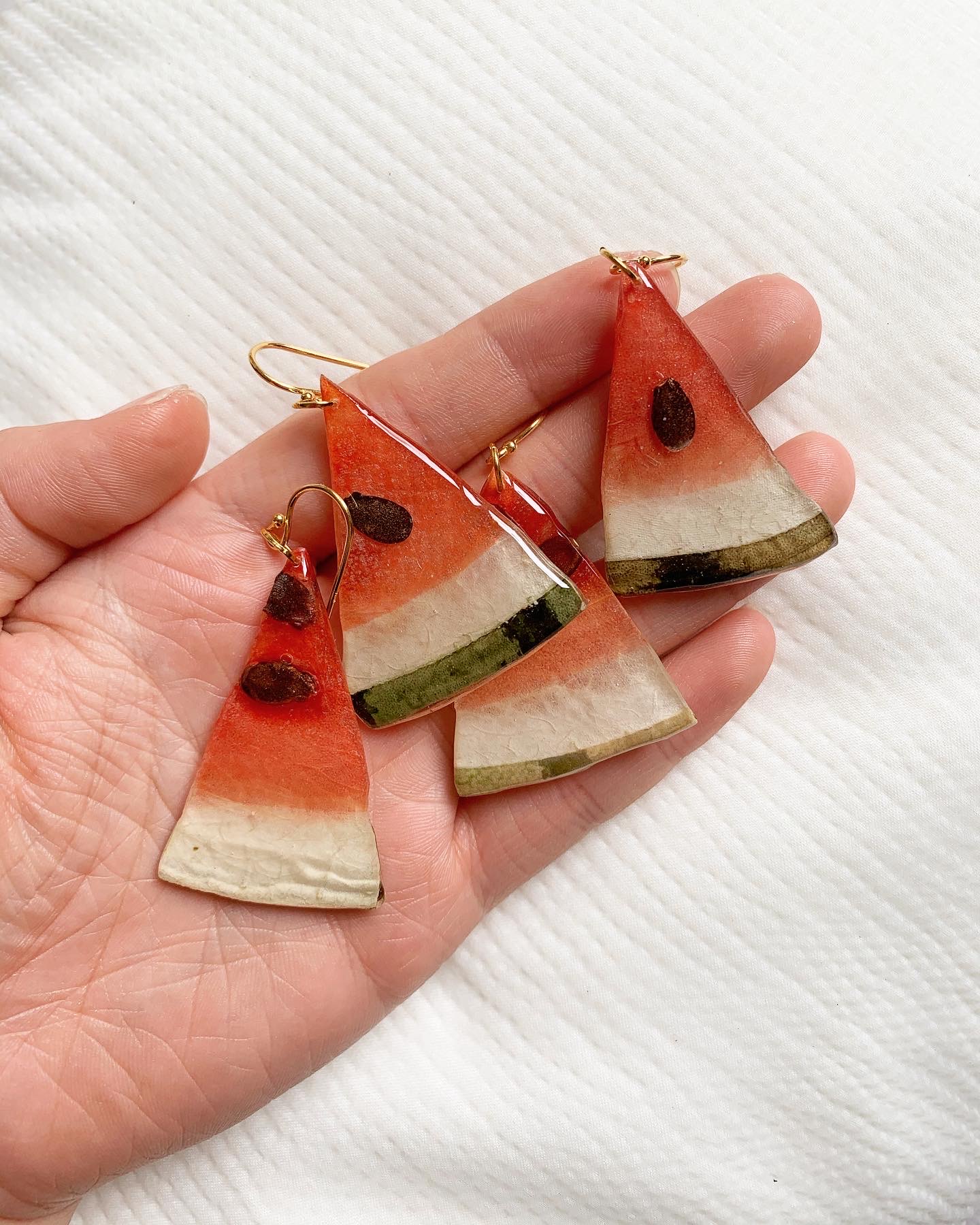
And speaking of Instagram virality: the food-ccessories of Gab Bois. “There’s a big misconception that comes from the phrase “Don’t play with your food,” because it’s automatically associated with waste,” says the Montreal-based artist, who has built her oeuvre on just that… playing with her food. Bois is the mind behind such works as the lettuce handbag, “potatop”, and bras of many culinary varieties — eggs, cabbages, tomatoes, you name it. “When I’m working with food, I try to integrate trends by reflecting on how they exist in my reality, instead of criticizing them,” she explains. Her works exude the same Dadaist joie-de-vivre as Jacquemus or Durovic. In the context of quarantine, Bois’ relatable and DIY-leaning aesthetic serves as an embodiment of how boredom sometimes prods us to pursue our furthest-flung ideas, to see the strange within the normalcy of a bag of chips or a head of romaine.
And while Bois notes that the act of playing with one’s food might have unsavory associations with wastefulness, the artist is not one to let perfectly good food go to waste. When asked whether she actually eats the ingredients used to make her food-garments, after they’ve been worn, she answers: “Absolutely!” She continues, “I try to use hand sewing or edible glue when working with food so that there’s no waste. I’ll make salads with the veggies, breakfast with the eggs and let the potato chips dry up and eat them as a snack. The art becomes much more fun when I eat it because it represents the last part of the creative process: enjoying the results!”
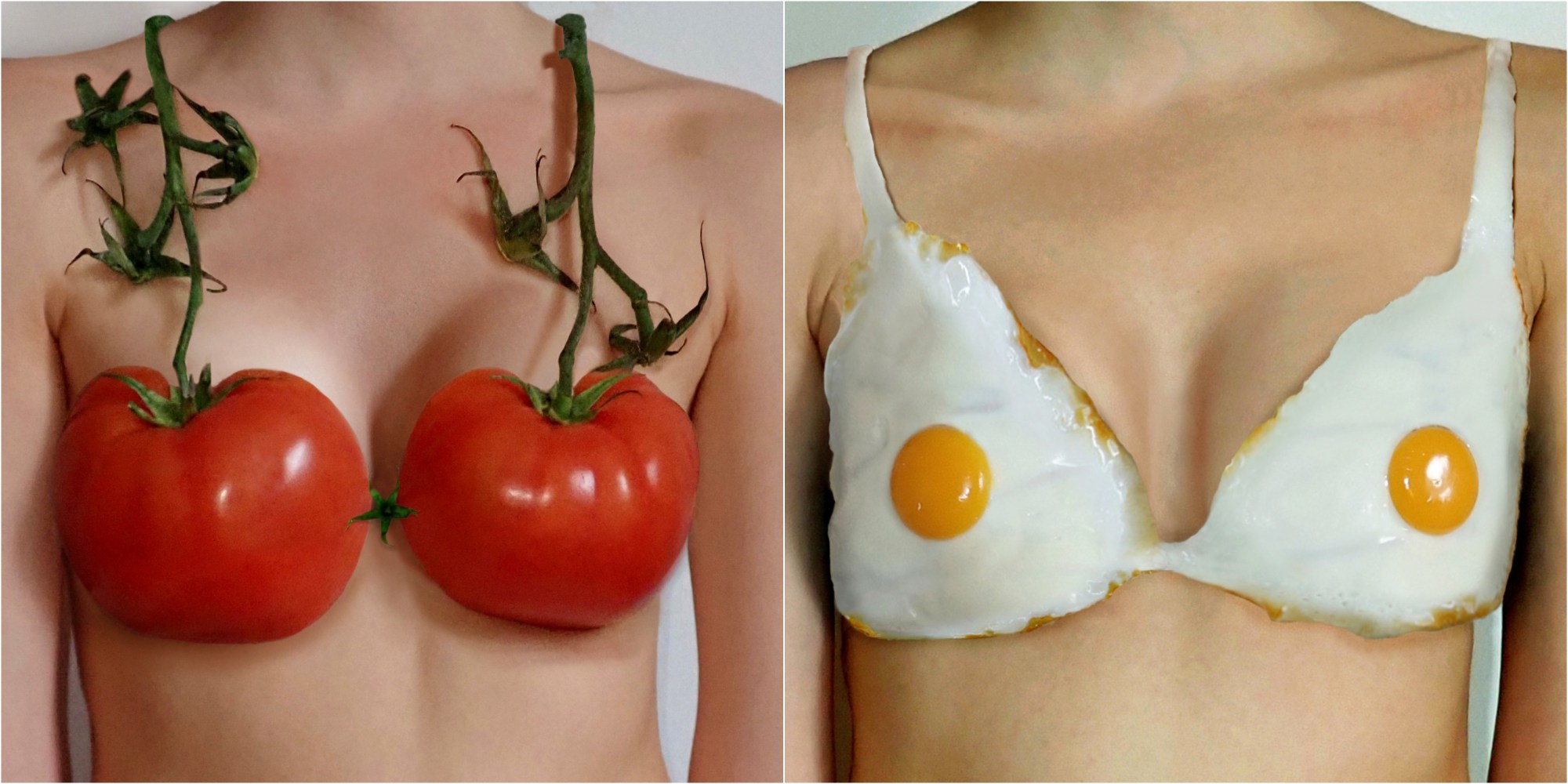
So why do food and fashion go together so well? “It’s a really fun combination!” Bois says. “Food and fashion both follow trends that vary based on many factors. For example, I sent the orange top to a friend before posting it, and he automatically said, “That’s so Jacquemus.” We can have these kinds of semi-conscious associations between fashion and food.” Durovic has a similar response, “Food and clothing are both necessities that shape our lives and identities. Your food choices can influence your choices in fashion. If you’re vegan it would be very hypocritical to wear or work with leather or feathers. And the same goes the other way around, if you’re interested in designing or consuming sustainable clothes, you can’t be careless about your food consumption and its impact to the living world. I try to make my buying and designing decisions in the same way as I would pick ingredients for my meal.” After all, she adds, “You are what you eat and wear.”
